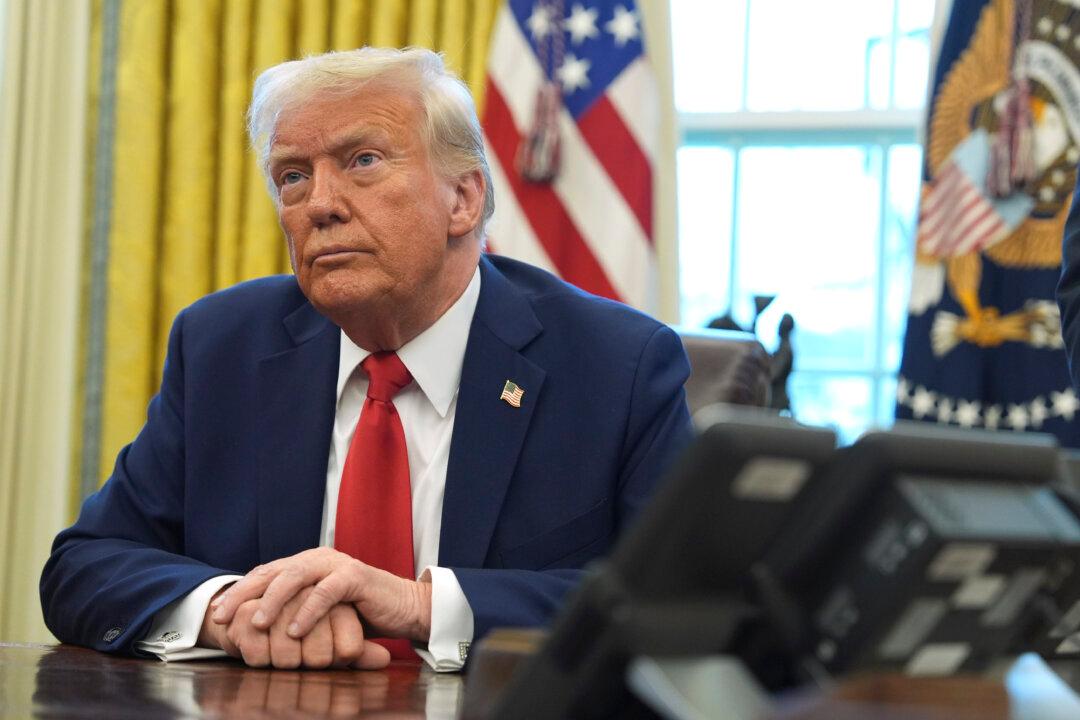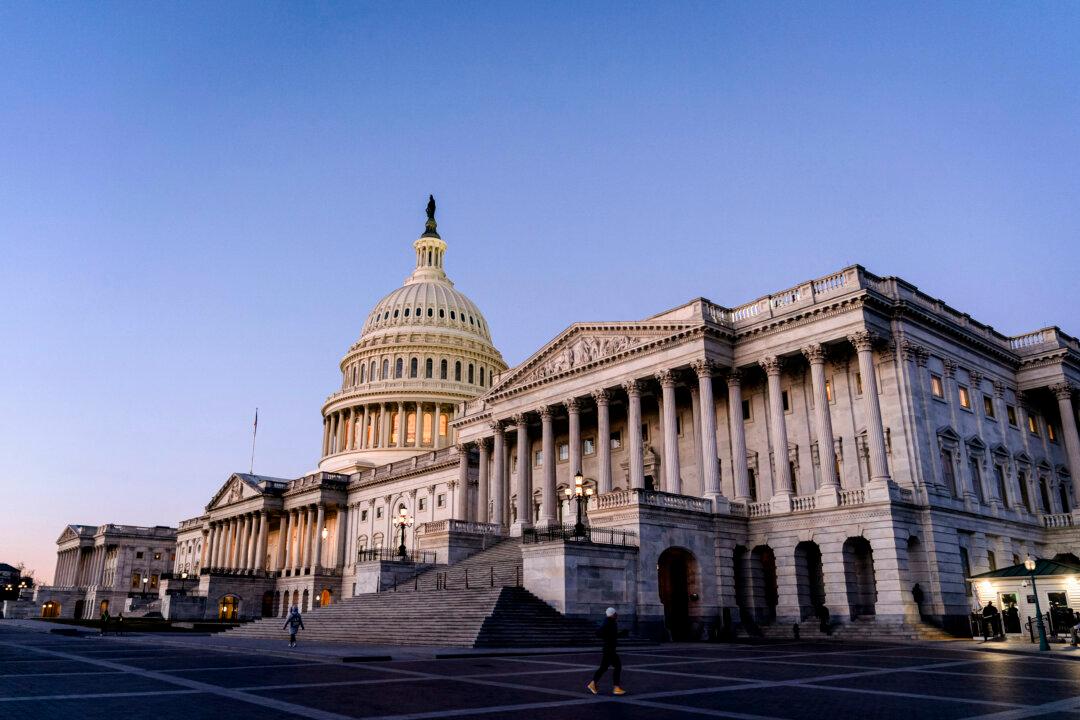Nearly two months after news of the novel coronavirus first emerged in China, there is still much that scientists don’t know about the source of the outbreak.
The race to find the virus’s provenance, however, has been made more difficult by the Chinese regime’s lack of transparency, according to experts.





